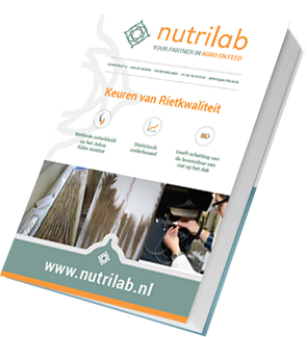
Would you like to be kept informed of developments?
In our free white paper, we share information about the new rules of legislation, innovations in analysis and we tell you about the digitisation of the market. Download our white paper for free!
 Analysis Selector
Analysis Selector
Checking for fraud with foods and raw materials is becoming increasingly important. Recent scandals, such as the horsemeat scandal and the fipronil case, highlight the need for checking for fraud. Various quality schemes have incorporated a focus on fraud in their certification requirements or are in the process of doing so.
The approach of the various scheme owners is based on risk factors. When one of the criteria shows a high risk, focus on fraud is important.
The risks are shown in the table below:
|
Criteria: |
Evaluation |
Fraud risk |
|
Evaluation |
Fraud risk |
|
Financial value of the raw material |
Low |
Low |
|
High |
High |
|
Country of origin |
Country is reliable; processes and people can be checked |
Low |
|
Country is unreliable, and processes are often difficult or impossible to check |
High |
|
Chain monitoring |
Good monitoring |
Low |
|
None |
High |
Table: criteria for fraud control
Based on this approach, you can develop a plan for additional checks on high-risk raw materials. In several cases, if not most, a fraud check by means of an analysis will offer excellent monitoring. Nutrilab has various methods to check raw materials for possible fraud. For example, the authenticity of meat (products) is checked based on DNA. Checking high-grade powdered or liquid raw materials is simple with NIR (Near Infrared Spectroscopy). Non-powdered raw materials can be reduced before analysis. You can request more information here.

We will be happy to visit you to discuss any quality questions or issues you may have.
Plan an advisory meeting
In our free white paper, we share information about the new rules of legislation, innovations in analysis and we tell you about the digitisation of the market. Download our white paper for free!


Powered by Wallbrink Crossmedia